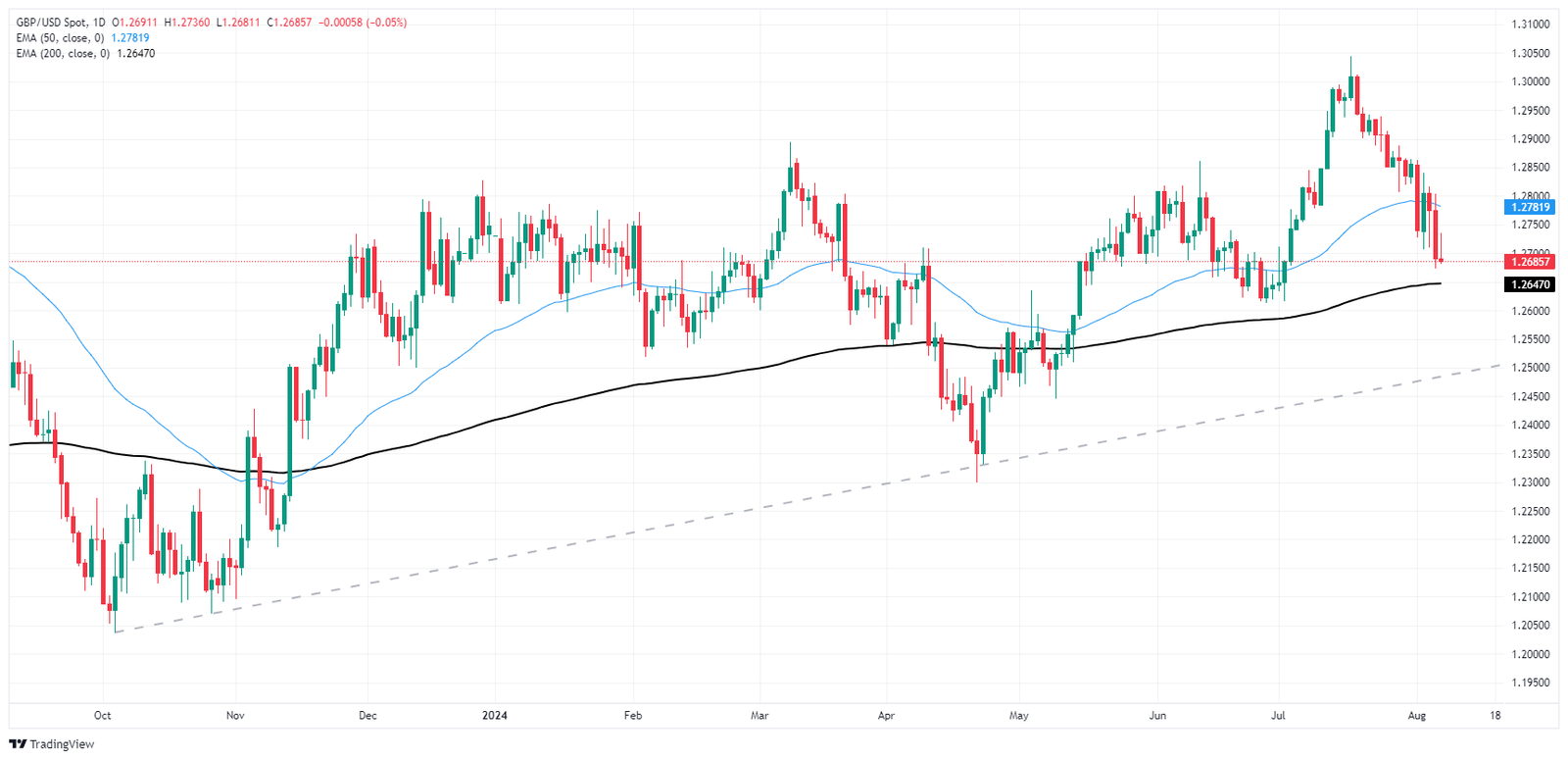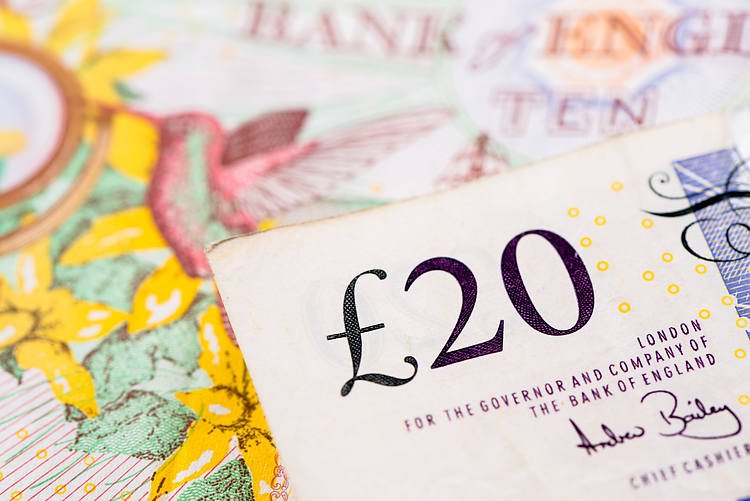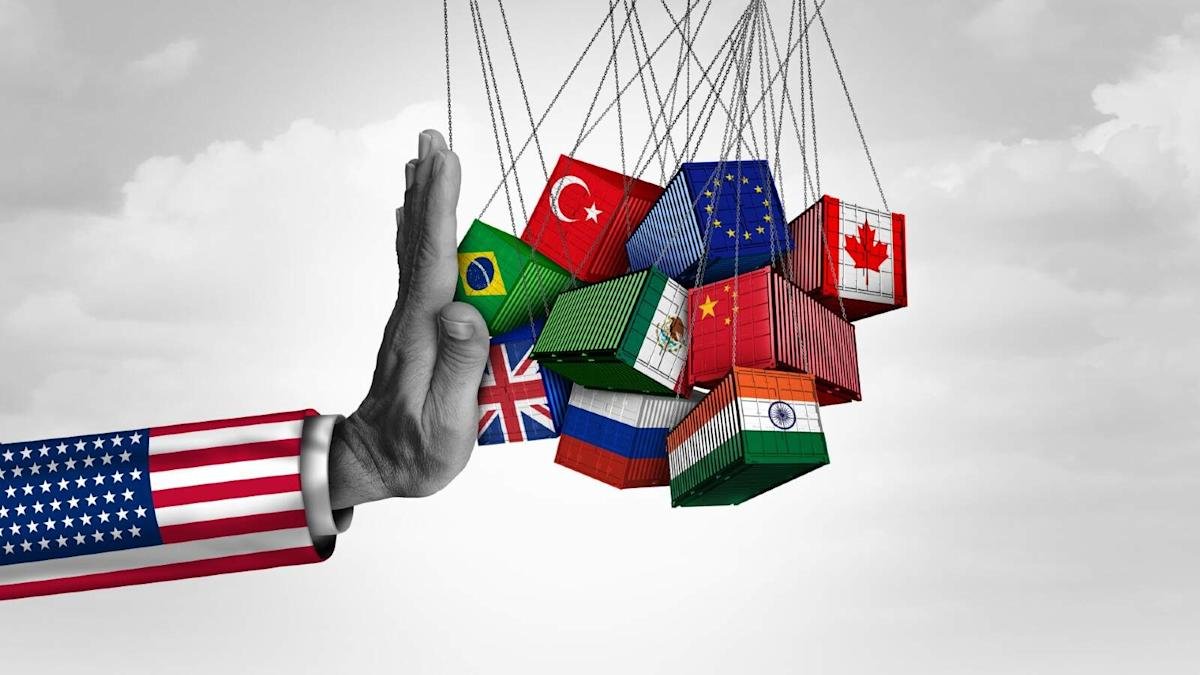- GBP/USD failed to spark a rebound above 1.2700 on Wednesday.
- Markets continue to price in a double Fed cut in September.
- Investors shrugged off fears of a US downturn, but bids remain tepid.
GBP/USD tested waters on the high side on Wednesday but settled the day where it started just south of the 1.2700 handle. Markets are struggling to shrug off a broad downside shock kicked off late last week after a raft of US data came in below expectations, reigniting fears of a steep US recession looming over the horizon.
Forex Today: Investors now look at weekly US labour data
Investors have recovered their balance, but recovery remains a limited affair as Cable treads water. Meaningful economic data remains limited heading through the rest of the week, leaving investors to grapple with hopes for a 50 basis point rate cut from the Federal Reserve (Fed) in September.
Cable traders will be looking ahead to next week’s UK labor figures and an update to US Producer Price Index (PPI) inflation. UK and US Consumer Price Index (CPI) inflation is also in the barrel for next week, as well as UK Gross Domestic Product (GDP) growth and US Retail Sales.
At the current cut, rate traders are pricing in roughly two-to-one odds of a 50-basis-point rate trim from the Fed on September 18, with a further two cuts expected through the rest of 2024. According to the CME’s FedWatch Tool, rate probabilities see an 83% chance of the Fed’s benchmark fed funds rate hitting 425-450 basis points by the end of December.
GBP/USD technical outlook
Cable continues to churn chart paper just north of the 200-day Exponential Moving Average (EMA) at 1.2647, but odds of a bullish technical recovery are growing thinner as bidders struggle to find a foothold. GBP/USD is down nearly 3% peak-to-trough from 12-month highs set in mid-July, and long-term position buyers will be looking for a slow-moving pattern of higher lows on daily candlesticks to keep the pair buoyed.
GBP/USD daily chart
Pound Sterling FAQs
The Pound Sterling (GBP) is the oldest currency in the world (886 AD) and the official currency of the United Kingdom. It is the fourth most traded unit for foreign exchange (FX) in the world, accounting for 12% of all transactions, averaging $630 billion a day, according to 2022 data. Its key trading pairs are GBP/USD, aka ‘Cable’, which accounts for 11% of FX, GBP/JPY, or the ‘Dragon’ as it is known by traders (3%), and EUR/GBP (2%). The Pound Sterling is issued by the Bank of England (BoE).
The single most important factor influencing the value of the Pound Sterling is monetary policy decided by the Bank of England. The BoE bases its decisions on whether it has achieved its primary goal of “price stability” – a steady inflation rate of around 2%. Its primary tool for achieving this is the adjustment of interest rates. When inflation is too high, the BoE will try to rein it in by raising interest rates, making it more expensive for people and businesses to access credit. This is generally positive for GBP, as higher interest rates make the UK a more attractive place for global investors to park their money. When inflation falls too low it is a sign economic growth is slowing. In this scenario, the BoE will consider lowering interest rates to cheapen credit so businesses will borrow more to invest in growth-generating projects.
Data releases gauge the health of the economy and can impact the value of the Pound Sterling. Indicators such as GDP, Manufacturing and Services PMIs, and employment can all influence the direction of the GBP. A strong economy is good for Sterling. Not only does it attract more foreign investment but it may encourage the BoE to put up interest rates, which will directly strengthen GBP. Otherwise, if economic data is weak, the Pound Sterling is likely to fall.
Another significant data release for the Pound Sterling is the Trade Balance. This indicator measures the difference between what a country earns from its exports and what it spends on imports over a given period. If a country produces highly sought-after exports, its currency will benefit purely from the extra demand created from foreign buyers seeking to purchase these goods. Therefore, a positive net Trade Balance strengthens a currency and vice versa for a negative balance.







